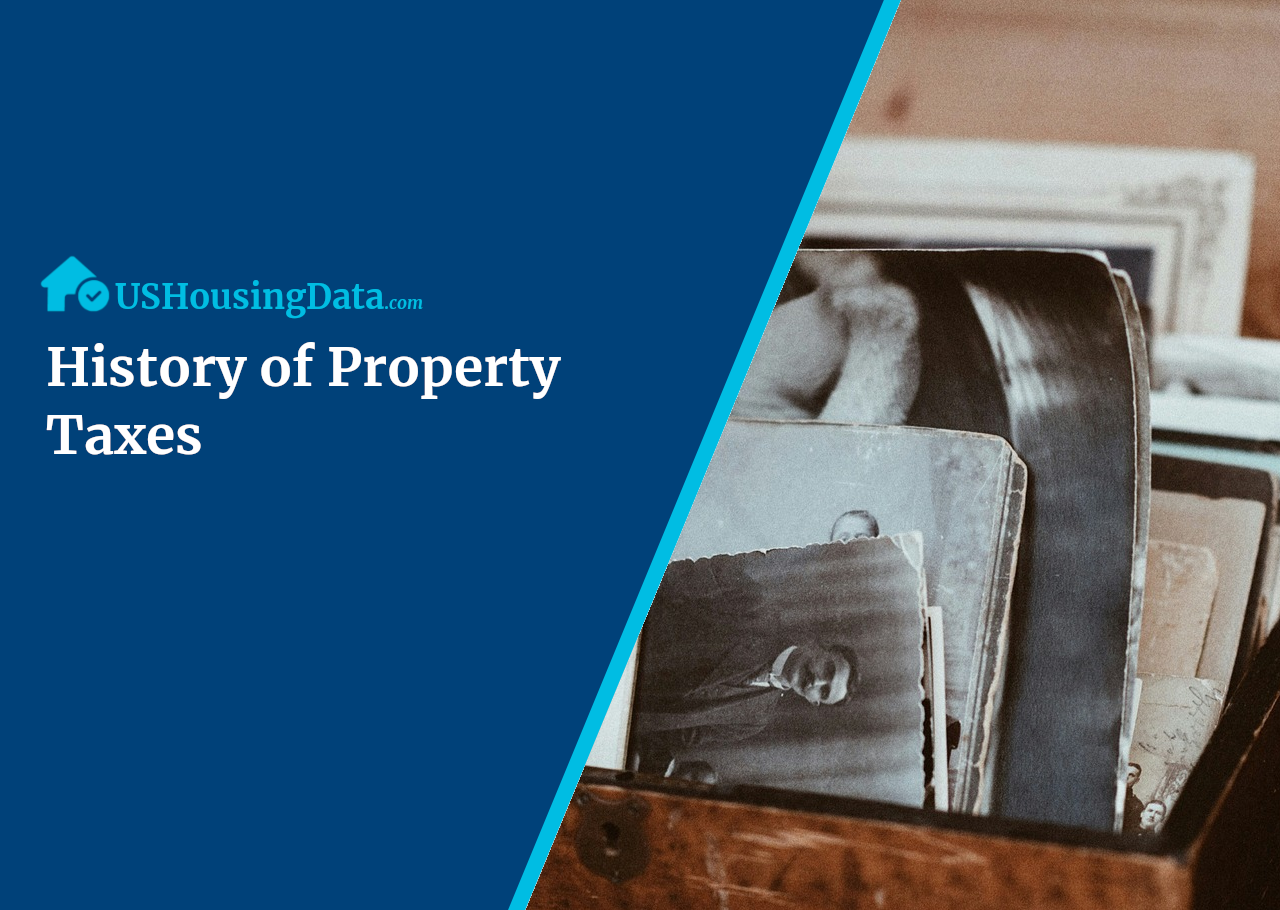
Evolution of Property Taxes: From Ancient Times to Modern U.S.
Property taxes have been levied on the populace of a country since ancient times. These taxes were usually based on the production value of the land and therefore were mainly paid by farmers. This was the main form of taxation until later civilizations like the Romans and Greeks levied income, sales, inheritance taxes, and tariffs.
As societies progressed, so did the methods and purposes of property taxation. In ancient times, the primary focus was on agricultural land and its productivity. The tax rates were often fixed, and the collection was a crucial source of revenue for rulers and governments.
Roman and Greek Contributions
The Romans and Greeks introduced a more diversified approach to taxation. In addition to land-based taxes, they implemented income taxes, sales taxes, and taxes on inheritance. The complexity of their societies necessitated a broader tax base to fund various public services and infrastructure projects.
During the medieval period, property taxes continued to be a significant source of revenue for monarchs and local lords. The feudal system, prevalent in Europe, relied heavily on land ownership, and property taxes were a means of sustaining the ruling class and funding military endeavors.
The Renaissance and Transition
The Renaissance period saw a shift in economic and political structures. With the rise of commerce and trade, new forms of taxation emerged. Property taxes expanded beyond just agricultural land to include urban properties and businesses. The transition from feudalism to more centralized forms of governance further influenced the evolution of property taxation.
By the time of the Industrial Revolution, property taxes played a crucial role in funding the rapid urbanization and industrialization of nations. As cities grew, the need for revenue to support infrastructure development became more pressing, leading to adjustments in property tax policies usually scaling with growth.
Modern U.S. Property Taxes
Property taxes in the United States have a long history dating back to colonial times when they were used to support local services. Nowadays, they play a crucial role in funding schools, public services, and infrastructure at different government levels – local, county, and state.
Homeowners pay property taxes based on their homes' assessed values, and this money plays a significant role in supporting local communities. Today property taxes have become more complex. In some areas there are different rates for residential vs commercial properties, there are sometimes "homestead exemptions" for your primary residence, and rates vary considerably by locale
Current Challenges and Changes
While property taxes remain a reliable source of revenue, they face challenges like fair distribution, accurate assessments, and potential impacts on low-income homeowners. This has sparked discussions about reforming property tax systems.
Some areas are exploring alternative models, like the Land Value Tax (LVT), to create fairer systems. The evolution of property taxes continues as societies aim to balance the need for revenue with considerations of fairness and economic impact.
It's worth noting that discussions around property taxes also consider their impact on housing, including Section 8 housing and public housing , as part of broader efforts to address social and economic concerns. It is also good to know the differences and similarities between all the forms of housing the public sector provides its populace.
In summary, the history of property taxes, from ancient times to modern times in the U.S., reflects how taxation systems adapt as societies change and evolve. What began as a simple tax on agricultural produce has evolved into a complex and in some cases more progressive system shaping the economic and social landscape of many countries.
Alan Reed

Alan is a real estate investor based in Northeast Pennsylvania with experience renovating and operating everything from single-family rentals to strip malls and storage facilities.
April 19, 2024 (Updated April 22, 2024)
